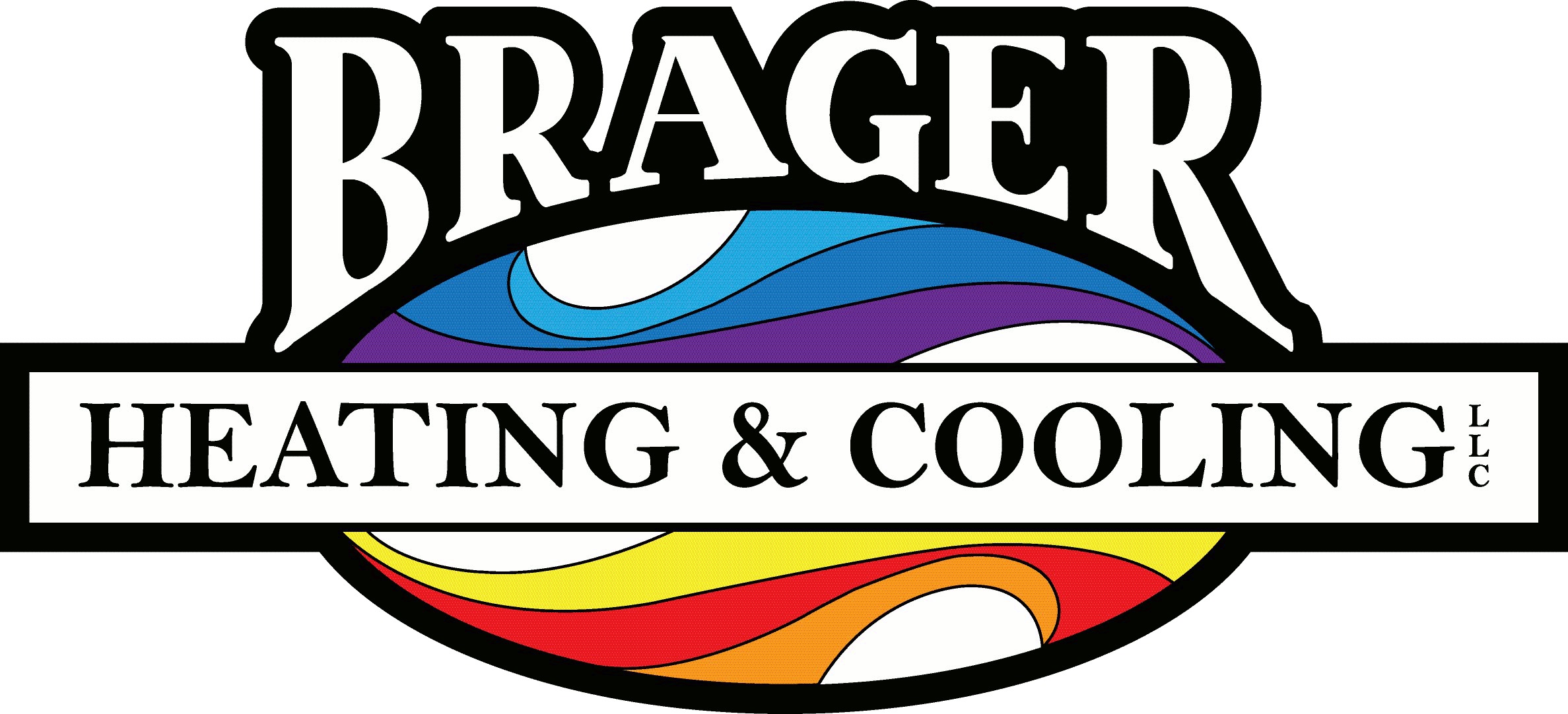
Your garage can be more than just an area to put your vehicles in Mount Horeb. It can be a work space, give added storage and more. But when you’re spending more time out there, it needs to be a cozy temperature.
Garages don’t often have the ductwork needed for common heating and cooling systems. While you can get ductwork, it’s not the most advantageous option. The smartest approach to heat your garage is by using a ductless comfort system, like a mini-split system or a garage heater.
Let’s go over the difference between the two to help you find the right solution for your needs.
What Are Mini-Split Systems?
A mini-split is similar to a heat pump because it moves heat as opposed to making it. This makes it a highly energy-efficient heating and cooling system for rooms without ductwork. These electric systems are often placed on a wall and joined to the outdoor unit through a tiny hole in the wall.
Even though a ductless mini-split costs more, many have earned ENERGY STAR® certification for their energy efficiency. They’re also extremely quiet and offer zoned comfort, which gives precise control over your garage’s temperature.
Many mini-splits allow you to join several indoor units to a single outdoor unit. If your garage is part of your house, you may be able to install added indoor units in spaces that are difficult to heat and cool.
What Is a Garage Heater?
A garage heater isn’t a space heater. This all-in-one heating solution is mounted on the ceiling or the high corner of a wall. Depending on the model, these heaters can use electricity, gas or propane. They’re a great option if you live in a chilly climate and do a lot of dusty work. Garage heaters are heavy-duty and designed to last through additional grime.
Evaluating Key Features of Mini Split Systems and Garage Heaters
We’ve created a handy guide to help you choose the right system for your garage.
Price
Garage heaters are the most budget-friendly style. The estimated expense is different because of fuel type, but they’re usually about half the cost of a mini-split.
Operating Costs
Garage heaters work similarly to a furnace, using fuel to generate warmth. A mini-split air conditioner is more similar to a heat pump, which shifts heat. This makes a mini-split more efficient to use. You’ll get even lower heating and cooling bills if you get an ENERGY STAR certified model. And you may have access to added rebates due to that energy efficiency.
Fuel Source
Garage heaters have the widest options for fuel sources—electricity, gas or propane. Mini-splits are electric.
Heating and Cooling
As its title indicates, a garage heater will only be providing heat. A ductless mini-split offers both heating and cooling.
Precise Temperature Control
When you are looking for the most exact comfort control, a mini-split heat pump is the wisest solution as it offers zoned heating and cooling. That way, your garage will be just the temperature you want it to be.
Space Considerations
Due to the fact garage heaters are typically placed on the ceiling, they can consume valued overhead storage area. In comparison, space-saving mini-split systems are typically put higher up on a wall and don’t have to have a lot of real estate.
If you’re still deciding JW Brager Heating and Cooling can help. Reach us at 608-447-0555 right away to request a free, no obligation estimate. We’ll review your needs, advise you on a solution and get it put in rapidly, so you can begin enjoying your garage workspace much faster.
